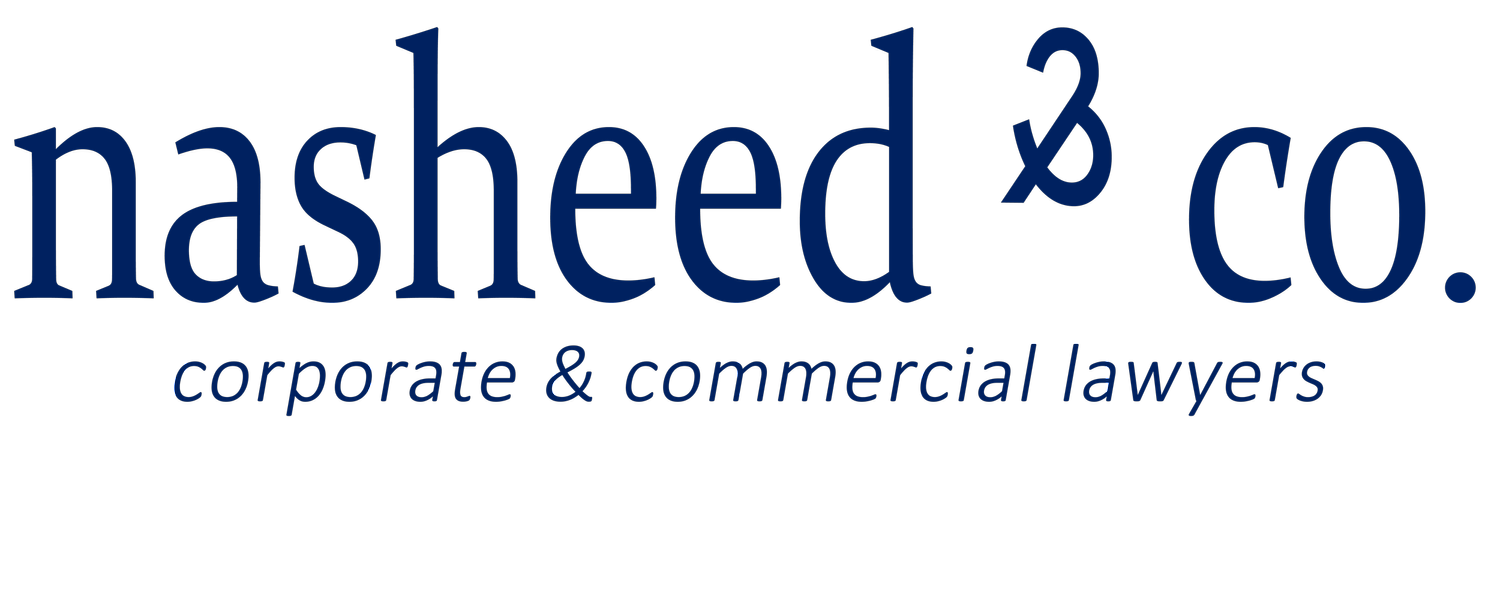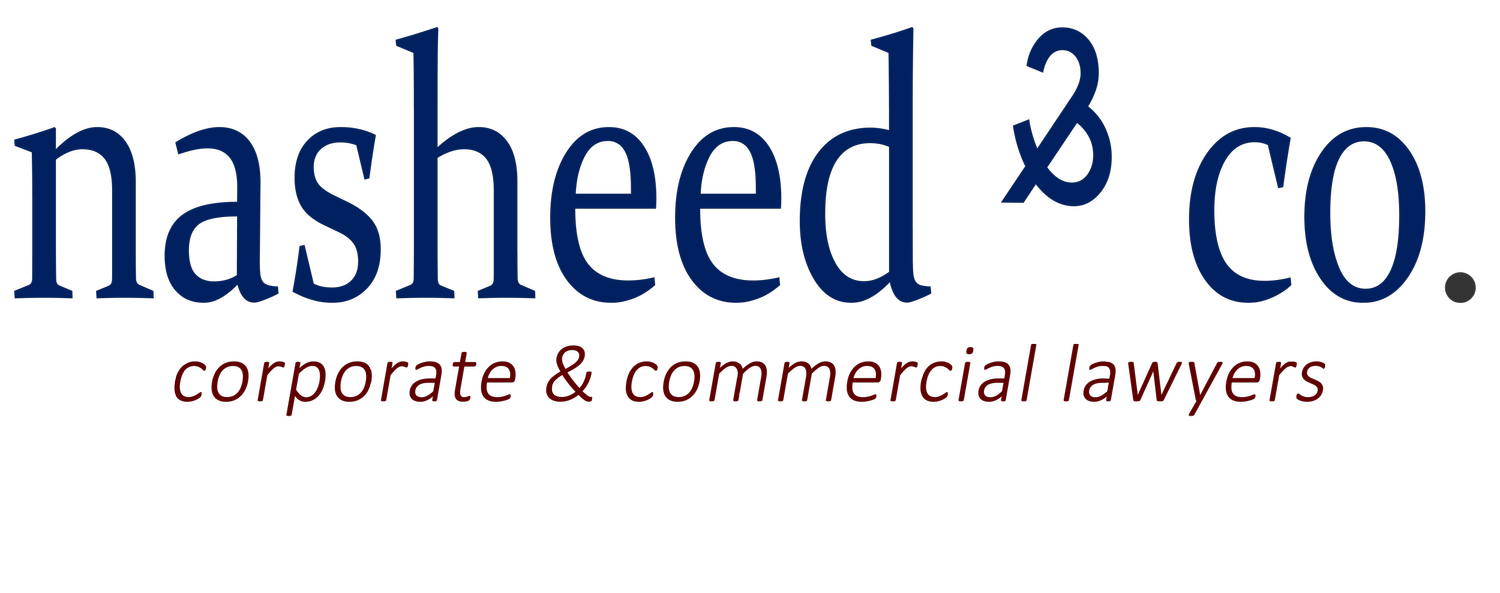Role of Representations and Warranties
In a sale of business, shares, assets or property, representations and warranties play a significant part. A good portion of the sale and purchase agreement is spent on pages and pages of representations and warranties. At the heart of it, they are all statements of fact. There are a few reasons for dealing with representations and warranties at such length in sale agreements.
Firstly, they provide the basis for an affected party to come after the other if any of its statements is later proven to be wrong untrue or incorrect. In this circumstance, those statements outline the basis for liability. Secondly, they provide a cause for one party to indemnify the other for losses or damage suffered. Thirdly, they allocate risk between the parties. Typically, sellers would make certain representations that they had disclosed everything within their knowledge, they have no litigation, the documentation they have provided represent true affairs of the company, there are no undisclosed third parties involved in the seller business, and there are no undisclosed liabilities or contracts that can affect the business.
Similarly, a buyer would make representations that they have the authority to sign the agreement, money to buy the business, and entering into this agreement or performing it would not conflict with any law or regulation which they are bound to follow. If it is a company that is the seller, it is quite common for the buyers to ask shareholders of the seller company to provide additional guarantee in respect of the accuracy and truth of those representations. Sometimes, the shareholders are asked to be personally liable to the (in)accuracy of those representations. Personal liability of shareholders may even be joint and several. In such circumstances, the buyer may come after one, or the other, or both till its claim is satisfied. Sometimes, we see attempts to qualify these representations or at least liability in respect of them. One qualifier is adding an element of knowledge to limit the extent of liability.
Often it is written into the agreement that a certain set of representations is made to the best of one’s knowledge.The other qualifier is adding an angle of materiality. Often it is said that there is no such event that can have a material adverse effect even if there may be events occurring in the ordinary scheme of things.


